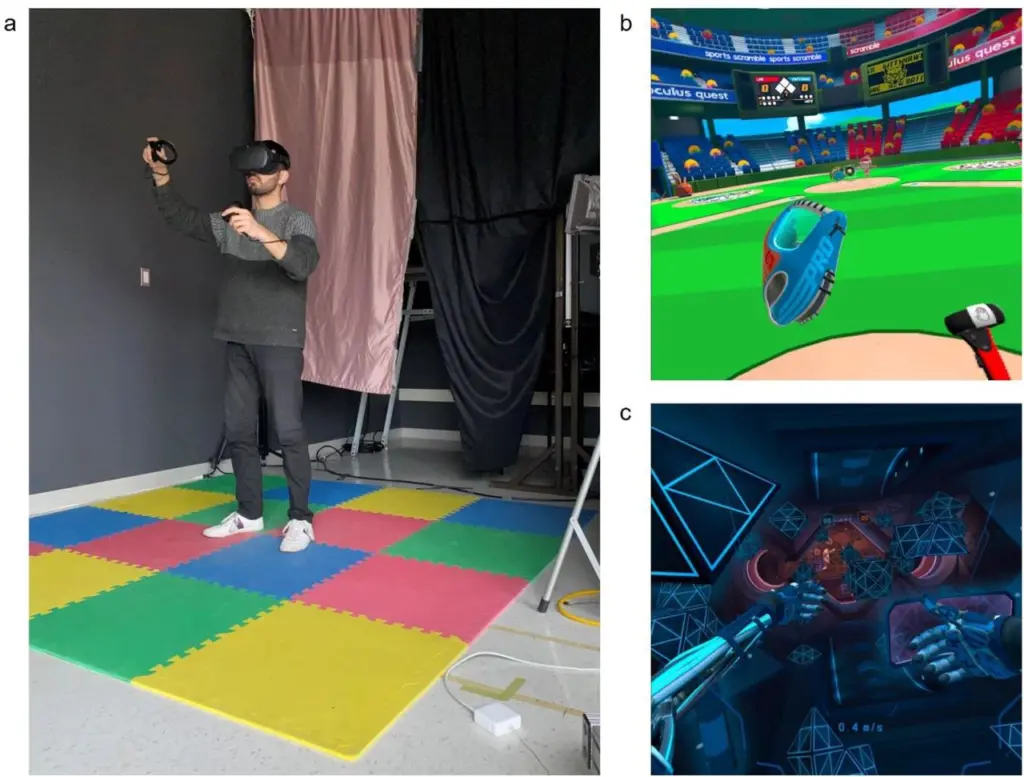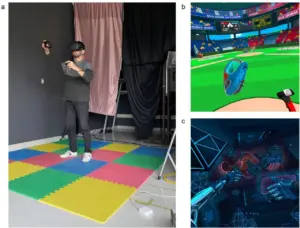A new study from the University of Waterloo has shed light on the role sensory adjustments play in cybersickness, a form of motion sickness that occurs during exposure to virtual reality (VR) and augmented reality applications. The research suggests that the severity of cybersickness is affected by how individuals adjust their senses to the conflict between reality and virtual reality.

Led by Professor Michael Barnett-Cowan, researchers collected data from 31 participants and assessed their perceptions of vertical lines before and after playing two VR games of varying intensities. They discovered that participants who experienced less sickness had a larger change in their subjective visual vertical after exposure to high-intensity VR. On the other hand, those with the highest levels of cybersickness were less likely to have changed their perception of vertical lines.
The study found no significant differences in the experiences of males and females or between participants with low and high gaming experience. Co-author William Chung, a former Waterloo doctoral student, acknowledged that while the subjective visual vertical task significantly predicted the severity of cybersickness symptoms, there is still much to be explained.
By understanding the relationship between sensory reweighting and cybersickness susceptibility, researchers hope to develop personalized cybersickness mitigation strategies and VR experiences that take into account individual differences in sensory processing. This would help lower the occurrence of cybersickness and improve the user experience as VR continues to revolutionize gaming, education, and social interaction.
Reference
Chung, W., Barnett-Cowan, M. Sensory reweighting: a common mechanism for subjective visual vertical and cybersickness susceptibility. Virtual Reality (2023). https://doi.org/10.1007/s10055-023-00786-z

